If mirrors were once considered to be portals into different realities, today’s mirror is the digital world. Almost everything has a digital component: scan a barcode or download an app to get information, wear a bracelet to track your health, use a hashtag to follow the conversation. As we build a ‘digital mirror-city that echoes our own’, the Hayward Gallery has posed the question: ‘What is our current experience of reality?’
‘Mirrorcity’ is the second exhibition in London this year to look at how the transition to a digital world is reflected in art. The summer’s ‘Digital Revolution’ at the Barbican was a great examination of the emergence of digital imagery in culture, from the blocky video games of the 1970s, to today’s three-dimensional light beams that respond to touch. ‘Digital Revolution’ felt more like a walk through history than an art show, and it illustrated perfectly how it has taken a long time for digital tools to become a viable part of art practice.
‘Mirrorcity’ picks up where ‘Digital Revolution’ left off, focusing on how contemporary artists deal with the ‘challenges, conditions and consequences of living in a digital age’. The show is decidedly mixed, which reinforces the overall impression: that the digitisation of art is still in its infancy. As the digital world morphs into an augmentation of daily life, artists are working out how they can use it to enhance what they have to say. But it’s a work in progress, and can easily feel gimmicky.
The best pieces in ‘Mirrorcity’ are those with no obvious digital components whatsoever. Emma McNally’s large-scale drawings, which surround you as you walk into the room, are simultaneously overwhelming and subtle. They bring to mind nautical charts, the view from a plane through clouds, a map of stars, or maybe even a piece of music. McNally has described her work as a form of ‘visual thinking around questions of emergence’, intuitively creating a code-like visual language that one imagines could be read with the right machine.
The feeling of a digital presence is even stronger in Katrina Palmer’s work. Reality Flickers is a plain metal box with a big hum; two chairs invite you to sit down and let the sound surround you. Susan Hiller opts to immerse the audience in darkness, even offering cushions so you can lie back and forget the body while taking in her video piece, which overwhelms the senses with colours and shapes.
‘Mirrorcity’ asks interesting questions, such as how we can navigate the space between the digital and the physical, but visitors emerge only slightly the wiser. Part of the problem is the exhibition format generally: as long as we are looking at a screen, the digital experience still happens outside of ourselves. Whether this is the fault of the show, or just the current point of technological development, is open to debate. At the moment, we walk around with the digital world in our pockets, while emergent, immersive experiences, like the latest so-called wearable technologies, are still considered too intrusive.
Last year’s ‘Light Show’, also at the Hayward Gallery, had a rather more modest mission statement, looking simply to thrill its audience with light-themed artworks. Digital tools were used to create some of the experiences in the show, but frankly, no one cared. We just wanted to jump between light strobes, and sink into bright rooms that made us lose perception of time and space. The digital mirror that echoes our lives also has potential to transport us into new territory, but ‘Mirrorcity’ offers only a glimpse of what that may feel like. But maybe it is simply too soon for art to truly reflect how the digital is changing our lives? After all, this is a revolution, and it’s all happening so fast. Nobody quite knows what it means yet.
The MIRRORCITY Events Weekend takes place this week from 13–16 November (£12 full price with Gift Aid; concessions available). The exhibition is open at the Hayward Gallery, London, until 4 January 2015.
Related Articles
Out of time: ‘Digital Revolution’ at the Barbican (Jack Orlik)
Are art installations the new video games? (Danielle Thom)
Augmented Reality Meets the Art World (Estella Shardlow)
Warhol’s Amiga Computer Artworks Uncovered After 30 Years (Estella Shardlow)
Unlimited access from just $16 every 3 months
Subscribe to get unlimited and exclusive access to the top art stories, interviews and exhibition reviews.

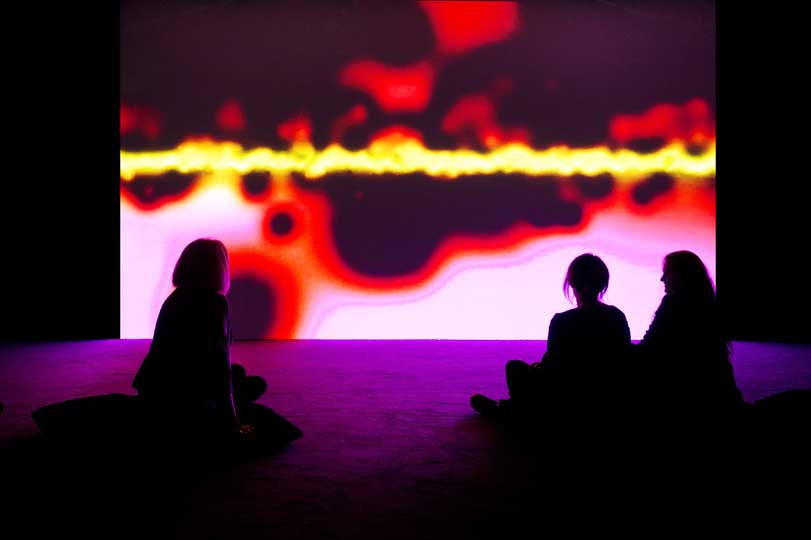
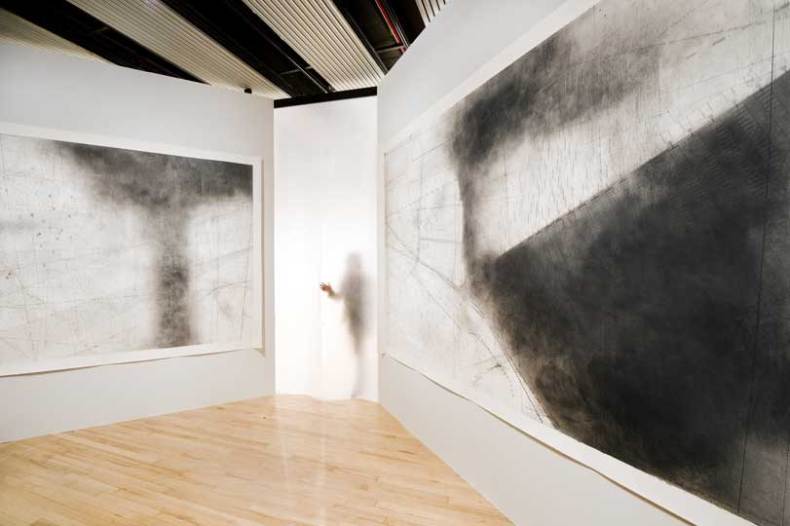
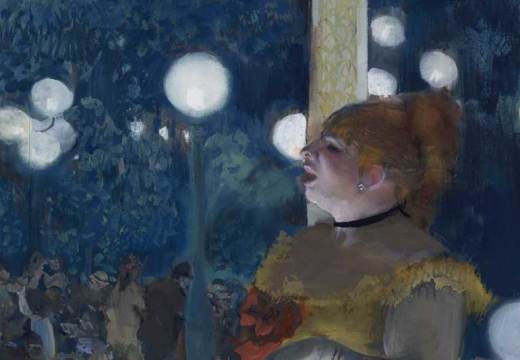
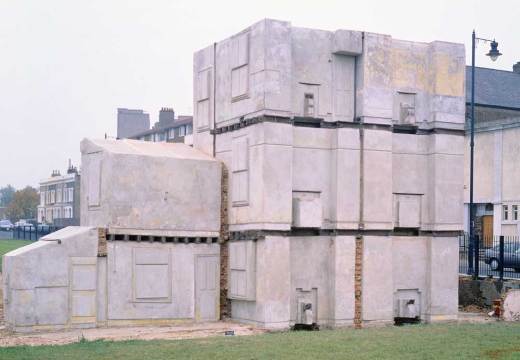
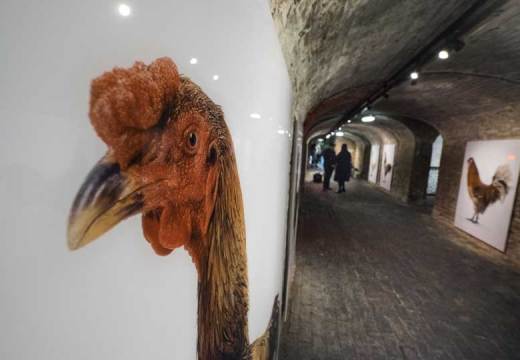









![Masterpiece [Re]discovery 2022. Photo: Ben Fisher Photography, courtesy of Masterpiece London](http://www.apollo-magazine.com/wp-content/uploads/2022/07/MPL2022_4263.jpg)
Why are fathers so absent from art history?